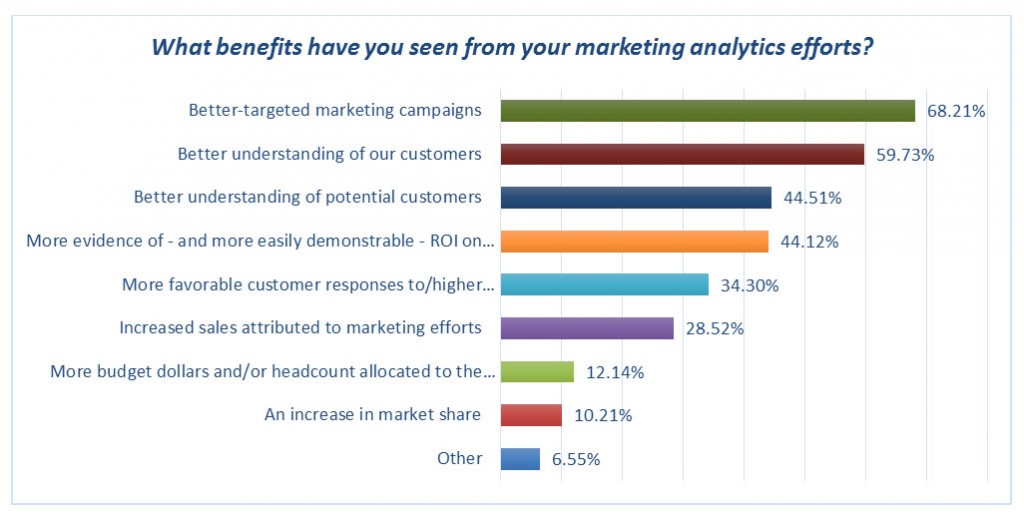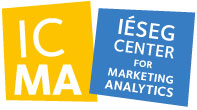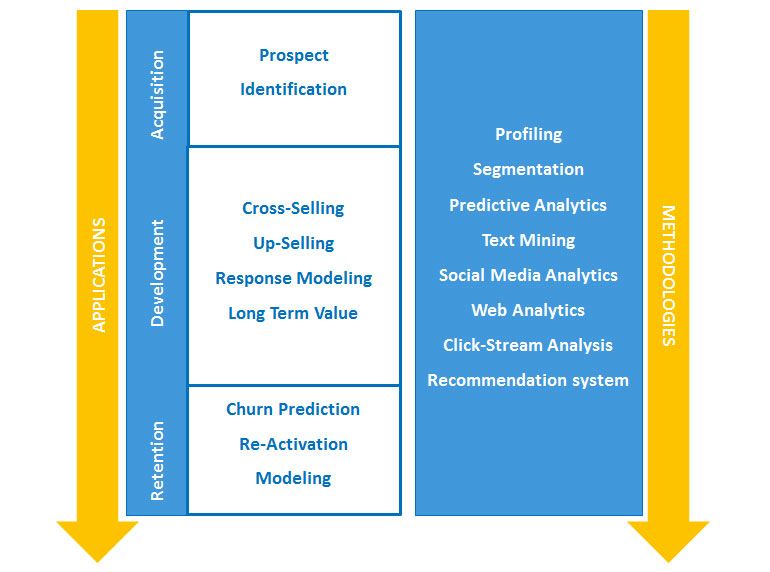Marketing analytics recognizes the value of a company’s data. All information that a company collects about its customers – transactional data, profile information such as demographical and psycho-graphical information, customer communication, web site usage etc. can potentially be deployed to increase the ROI of your marketing efforts by making them more effective. Many companies have access to valuable data. Only few use it to their full benefit.
As the following figure shows, taken from a recent industry survey by Forrester Research, many drivers motivate companies to adopt marketing analytics, but the ultimate shared end-goal of marketing analytics is an increase of marketing efficiency.

Source: Forrester Research, 2012, Q1 2012 Global Customer Analytics Online Survey (Base: 90 customer analytics professionals)
Through advanced analytical methods and the use of customer data, it aims at making intelligent selections of customers so that marketing actions can concentrate only on those customers that are most likely to respond in a desired way to a marketing campaign. Instead of wasting money on unprofitable or uninterested customers, marketing budgets can be spent where they matter the most.
The benefits of marketing analytics have been proven in numerous academic studies, and are now universally accepted in industry. This is shown in the following figure, showing the perceived benefits of marketing analytics in a research survey targeted at marketing professionals:

As shown, marketing analytics have a major role to fulfill in making marketing efforts more relevant and personalized towards customers.
Due to widespread usage of CRM systems and especially the role of the Internet for commerce and marketing, more and more diverse forms of data related to customer behavior becomes available. This triggers a vivid need for adapted big data methods that enable marketing analysts to effectively store, handle, integrate and analyze these huge quantities of both structured and unstructured data. Big data technology and analysis techniques and marketing analytics are rapidly developing in tandem nowadays. As a recent Accenture study demonstrated, the major expectation of big data technology managers foresee in the near future are improved customer relationships.

Source: Accenture, 2014, Accenture Big Success with Big Data Survey, April 2014




